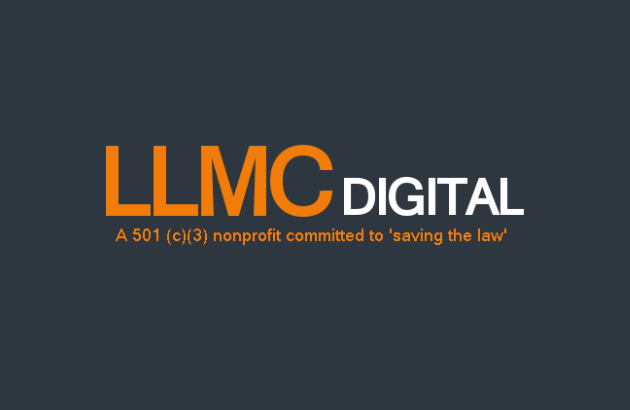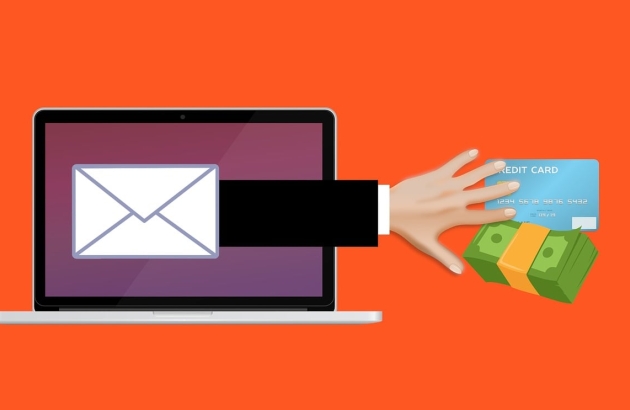Blog
USPTO's Inventorship Guidance for AI-Assisted Inventions
On February 13th, 2024, the Patent and Trademark Office published a notice on Inventorship Guidance for AI-Assisted Inventions in vol. 89 no. 30 of the Federal Register (89 FR 10043). This notice follows the "Executive Order on Safe, Secure, and Trustworthy Development and Use of Artificial Intelligence" made by President Biden on October 30, 2023. The order called on executive agencies to invest in "AI-related education, training, development, research, and capacity, while simultaneously tackling novel intellectual property (IP) questions and other problems to protect inventors and creators...[with the goal of promoting] a fair, open, and competitive ecosystem and marketplace for AI related technologies." One of the directives mentioned in this order (sec. 5.2(c)(i)) instructs the USPTO to publish guidance addressing inventorship and the use of AI, including generative AI, in the inventive process. Read more about the differences between traditional AI vs. Generative AI from the U.S. Chamber of Commerce here.
The guidance is to provide clarity for USPTO stakeholders and personnel, including the Central Reexamination Unit (CRU) and the Patent Trial and Appeal Board (PTAB), on how USPTO will analyze inventorship issues involving AI systems and participation. PTAB cases and opinions are available at Jenkins via Westlaw, Lexis, and Bloomberg Law.
Some highlights from the Notice include:
- "On appeal, the Federal Circuit affirmed in Thaler V. Vidal (Thaler) the holding 'that only a natural person can be an inventor, so AI cannot be.'... Based on the holding in Thaler that an 'individual' must mean a natural person, it is clear that a 'joint inventor' or 'coinventor' must also be a natural person." (p. 10045)
- "...while AI-assisted inventions are not categorically unpatentable, the inventorship analysis should focus on human contributions..." (p. 10044)
- "Rejections will continue to be based on the substantive law, and it is those rejections that are appealable to the PTAB and the courts." (p. 1045)
- "...the use of an AI system by a natural person(s) does not preclude a natural person(s) from qualifying as an inventor (or joint inventors) if the natural person(s) significantly contributed to the claimed invention..." (p. 10046)
- "...applications and patents must not list any entity that is not a natural person as an inventor or joint inventor, even if an AI system may have been instrumental in the creation of the claimed invention." (p. 10046)
Read the full notice here. Written comments must be submitted by May 13th, 2024.
Check out the USPTO's page on their Artificial Intelligence initiative and their Inventorship guidance for AI-assisted inventions webinar - through USPTO. March 5th, 1-2PM, 2024 for additional information.



